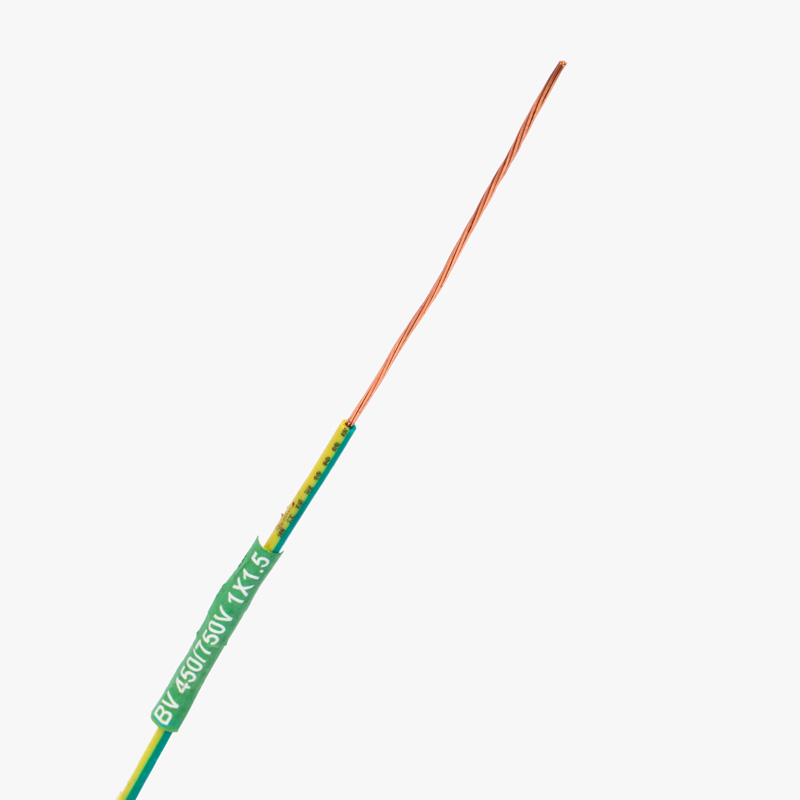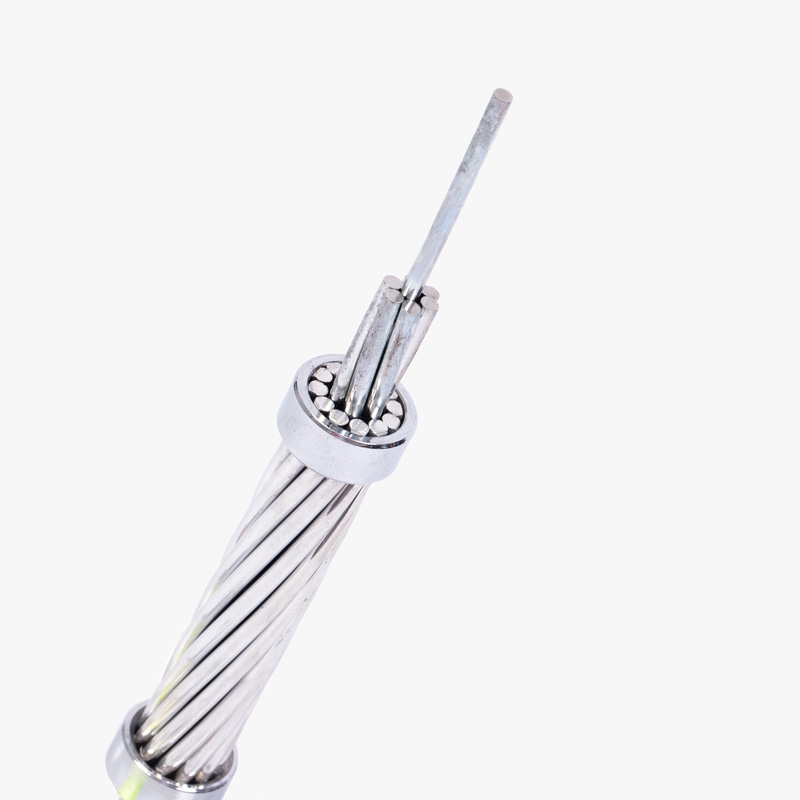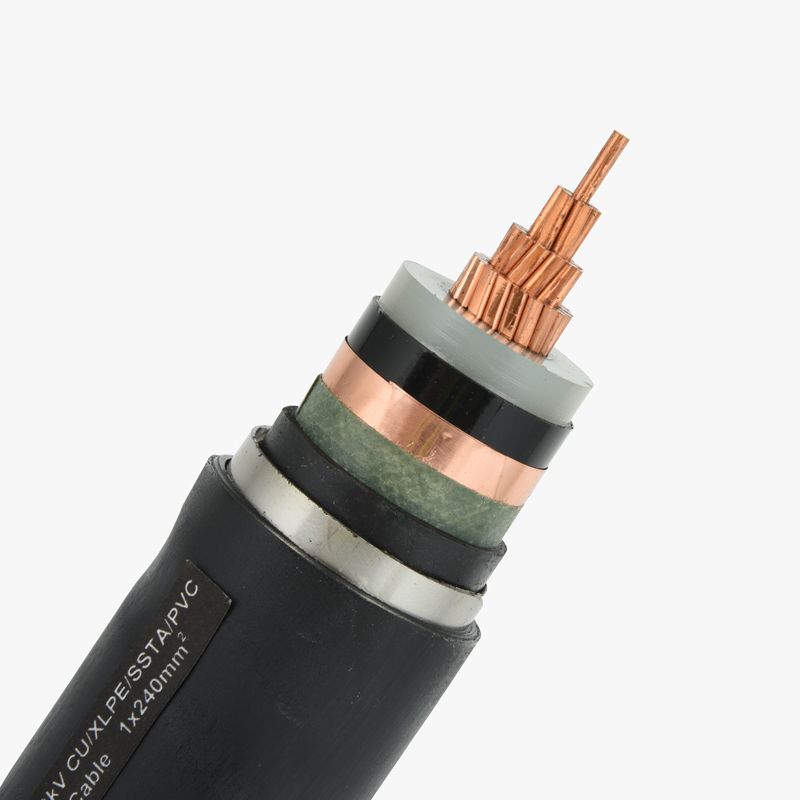What is XLPE material?
XLPE (Cross-linked Polyethylene) is a thermoset insulation material widely used in electrical cable manufacturing due to its excellent thermal, mechanical, and electrical properties. The cross-linking process alters the molecular structure of polyethylene, making it more resistant to heat, deformation, and chemical exposure. As a result, XLPE material is capable of maintaining stability under extreme environmental conditions and electrical loads, making it a preferred choice for industrial, commercial, and infrastructure cable applications.
Today, electrical cable XLPE products are essential components in modern power distribution systems, ensuring safety, efficiency, and durability. Trusted manufacturers and suppliers rely on XLPE material for a range of applications including power grids, control systems, and utility installations. For clients in developing countries and global contractors alike, XLPE wire offers long-term reliability with excellent insulation performance.

Features
XLPE insulation offers high thermal resistance, superior electrical performance, and excellent resistance to chemicals and moisture, making it ideal for harsh electrical environments.
Benefits
XLPE-insulated cables provide outstanding thermal stability, mechanical strength, and resistance to moisture, abrasion, and chemicals. These cables are lighter and more flexible than traditional PVC options and can operate at higher voltages and temperatures. Their long service life, energy efficiency, and reduced maintenance make them ideal for power transmission, industrial, and commercial systems.

Types of XLPE-Insulated Cable
QRUNNING manufactures premium low-voltage XLPE-insulated aluminum power cables and XLPE insulated PVC sheathed control cables for frequency conversion lines. These electrical cable XLPE products offer high durability and are trusted by engineering contractors and industrial buyers across developing markets.
Why XLPE Material is Used in Electrical Cables
The use of XLPE in electrical cables is driven by its enhanced insulation characteristics. Unlike traditional polyethylene, XLPE does not melt under high temperatures and remains structurally stable. This makes it especially effective in environments where high thermal resistance is crucial. For manufacturers, XLPE reduces the risks of insulation breakdown and increases the lifespan of cables in the field. As a cable supplier, using XLPE ensures consistent performance in varying climates, from dry deserts to humid tropics.
Thermal and Electrical Performance
One of the major advantages of XLPE wire is its exceptional thermal endurance. XLPE can operate continuously at 90°C, with short-term exposure up to 250°C during fault conditions. This capacity reduces risks of overheating in high-load applications. From an electrical perspective, XLPE provides high dielectric strength and low dielectric losses, ensuring efficient energy transmission. QRUNNING’s XLPE cables maintain consistent performance across a range of voltage classes and are engineered to reduce electrical failures in critical infrastructure projects.
Mechanical Strength and Flexibility
Cables insulated with XLPE material are tough, flexible, and resistant to physical stress. They withstand abrasion, bending, and mechanical shock far better than standard plastic-insulated cables. This makes installation easier and reduces the chance of damage during transport or deployment on complex construction sites. For large-scale buyers or distributors, this reliability is critical for minimizing maintenance and replacement costs.
Chemical and Moisture Resistance
XLPE insulation is highly resistant to oils, solvents, corrosive chemicals, and water. This is particularly important for installations in underground, outdoor, or coastal environments where exposure to moisture and chemicals is common. Unlike PVC, XLPE does not degrade over time due to moisture ingress. For global cable manufacturers and suppliers serving regions with harsh weather conditions, this resilience translates to improved cable longevity and safety.
XLPE vs PVC Insulation
While PVC remains a common cable insulation material, XLPE provides numerous advantages. XLPE-insulated cables operate at higher temperatures and voltages, offering better aging characteristics. In addition, XLPE wire is lighter, has higher abrasion resistance, and contains no halogens, making it more environmentally friendly in case of fire. For power transmission applications, XLPE is clearly the superior choice, especially when long-term performance and safety are required.
Application Scenarios for XLPE Wire
XLPE-insulated cables are widely used in power distribution networks, industrial automation systems, utility infrastructure, and renewable energy installations. In particular, XLPE is ideal for underground power lines, control systems for factory machinery, and feeder lines for commercial buildings. QRUNNING supplies XLPE cables to clients across Africa and Southeast Asia, ensuring that the highest performance standards are met in every project. From engineering contractors to government tenders, our products(for example,Aluminum Conductor XLPE Insulated Power Cable and XLPE insulated PVC sheathed power cable for frequency conversion lines) support critical electrical infrastructure with long-term reliability.
Choosing the Right XLPE Cable Manufacturer
Partnering with a reliable XLPE cable supplier ensures quality, certification compliance, and timely delivery. As a Chinese manufacturer with over 30 years of industry experience and 10 production lines, QRUNNING delivers more than 200 million meters of cable annually. Our products undergo rigorous quality checks and come with full certification for global markets. Buyers can trust QRUNNING not only for product reliability, but also for professional support with logistics, documentation, and customized labeling.




What to Look for in an XLPE Cable Supplier
When sourcing XLPE wire, it’s important to assess the supplier’s capacity, reputation, and adherence to international standards. Look for transparent certification practices, real-time production updates, and solid references in your target market. Suppliers like QRUNNING offer full traceability, ensuring each meter of cable meets your technical and commercial expectations. Our XLPE-insulated electrical cables have been exported to Vietnam, Kenya, Angola, and beyond, with repeat orders from satisfied buyers.
Global XLPE Cable Applications
From urban construction projects to rural electrification programs, XLPE cables provide the performance and flexibility needed to meet diverse application demands. Whether you’re involved in a power station upgrade in Ethiopia or a factory installation in Vietnam, choosing XLPE-insulated cables from a reputable manufacturer ensures long-lasting results. QRUNNING’s cables are already supporting critical infrastructure across Asia and Africa—testament to their trusted performance in real-world conditions.
Conclusion
XLPE material is a superior choice for electrical cable insulation, offering outstanding thermal, mechanical, and chemical resistance. With proven benefits in durability, flexibility, and electrical performance, XLPE wire continues to replace traditional insulation materials in power and control systems worldwide. For electrical cable XLPE buyers, partnering with a reliable manufacturer and supplier like QRUNNING ensures not only high-quality products but also responsive service and long-term value. From OEM manufacturing to global export, we’re ready to support your cable needs with advanced XLPE solutions.




